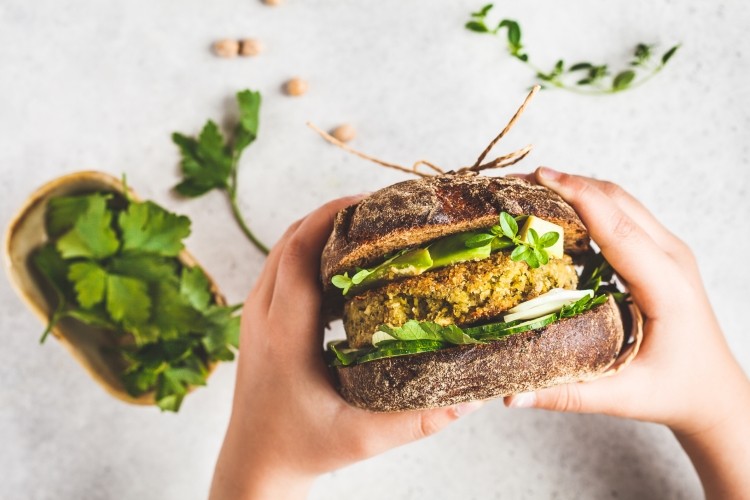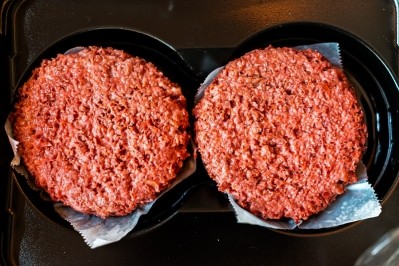'Now we need to create healthier meat analogues': scientist

Meat analogues are set to be tailored to meet different nutritional requirements of consumers, according to a scientist who has pioneered the development of plant-based meat alternatives.
Professor Atze Van der Goot from the Wageningen University and Research Institute in the Netherlands told the FiE conference in Paris that meat analogues are here to stay.
"We've more or less perfected the structure of the meat, but we still have to refine and test the taste. Then it's a matter of scaling up. It'll take some time, but I really don't foresee any major obstacles," he said.
Van der Goot started researching new ways to create fibres from dairy proteins and then plant proteins in 2004. His proudest creation is a seven-kilo piece of 'meat' that’s nearly impossible to distinguish from the real thing. The only difference is that this product is made entirely of soy concentrate and wheat gluten.
"In the beginning there was little interest in my research, but that started to change the more concrete my research became,” he said. Now he is approached by market leaders like Unilever, Givaudan in Switzerland and Meyn, which manufactures poultry processing machines.
The challenge now, he explained, was to make meat analogues a more healthier option for consumers, with shorter ingredients lists they can understand. Current products rely heavily on proteins sourced from gluten or soy, which both have great functional value for meat alternatives. However, gluten intolerance is a growing problem for many consumers, while the association with deforestation makes soy an undesired ingredient for many.
"If we look at typical ingredients in meat analogues we see that soy is mostly used… and why do manufacturers use so many ingredients - including, [what] I think [is] a too high salt content? The reason is simple: otherwise the product is not tasty. And if the product is not tasty the consumer won't buy it.”
He added: “We have to do something... E numbers are destructive so maybe the way of using isolates to make meat alternatives is maybe not the best way to go.
"For us as scientists, there is a very interesting new world to discover - how we get the taste and texture that is now obtained using this big list of heavily processed ingredients with less purified or less intensively processed ingredients… It's important to make tailored ingredients for the meat analogue application... we don't have to focus on highly purified ingredients.”
The solution, he said, lay in tailoring meat analogue products to meet consumers’ different nutritional requirements.
For example, some may argue that producing protein isolates and concentrates from pulses helps to improve the nutritional value of meat analogues.
However, van der Goot pointed out that Western populations tend to need more dietary fibre – and nearly always consume enough protein, including among vegetarians and vegans.
“What we normally see is that people who are meat-eaters like products that resemble meat and probably they will benefit from a deviated composition,” he explained. “And if you hardly eat meat - then some micro-nutrients might become relevant. But we can add those components to the products if you want."
























